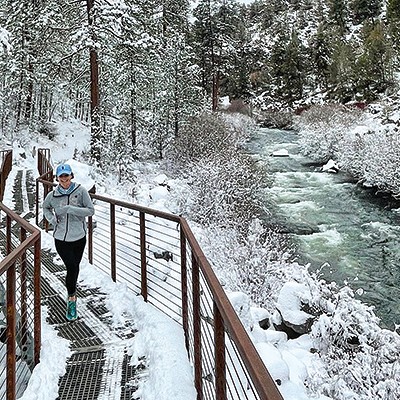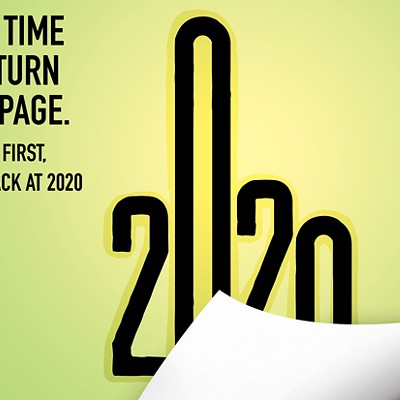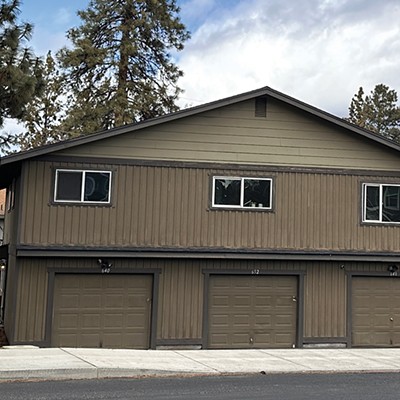Nobody asked us, but had they, we would have said: "Put a bond measure or property tax increase or something on the ballot to raise some revenue to fund a quality transit system in Deschutes County, or at least in the City of Bend." Yes, we need funding for a bus system. And now!
A lot of you seem to agree in principle, but not in practice—especially when it comes to ponying up the funding to support an adequate and quality bus system, something that will increasingly become an essential component for maintaining the much jawboned about "livability" of Central Oregon.
Let's be more specific: A recent Central Oregon Intergovernmental Council (COIC) study found four out of five residents believe that mass transit is "very" or "somewhat important." The COIC manages the current bus lines throughout the region, and certainly some bias can be read into their survey, but that same survey also pointed out that Bendites refuse to put their money where their mouth is. Fewer than one in three people actually said that they would support a meager 35 cent property tax increase (per $1,000 of assessed home value) to support a transit system.
And, this attitude has a long-standing history in the region. In 2000, a ballot measure that would have helped fund public transit was voted down. Again, in November 2004, a proposed property tax was roundly thumped at the ballot.
Yet, in spite of this lack of community support for the funding of bus lines in and around Bend, in 2006, the City of Bend plowed ahead with plans to jumpstart a transit system. It was a debacle: City Council created Bend Area Transit (BAT), which, in turn, purchased six scrappy buses from a California company as its initial fleet (literally scrappy, as the Utah Transit Authority had sold the buses to the California company for scrap). Not surprisingly, the buses turned out to be junk, and the city sunk another $100,000 into repairs. A measure in 2008 was the most recent attempt to help fund transit with a tax district and was, again, denied by voters.
In July 2010, COIC took over, and in spite of the weak start to area mass transit, have managed to slowly expand lines and ridership. Even so, the history—and current state—of mass transit in Bend is not overly impressive, so why float the idea of a property tax to support and grow a bus system? Because, quite simply, the demand for a mass transit system is about to wash over this city like a tsunami. In 18 months, Oregon State University-Cascades will open the doors to its four-year institution here, with plans to have 2,748 of students by 2020.
And how many of those 2,748 students will have on-campus housing? 301, according to a recent Oregon State University-Cascades Campus "Space Needs Analysis." Meaning: Some 2,247 students will be looking for affordable rentals—a commodity in acutely short supply, especially in Bend's outer westside neighborhood where OSU-Cascades recently purchased acreage for its campus.
It is most likely that the bulk of students will move to the apartment complexes east of Third Street, like in the affordable apartment complexes around Pilot Butte.
This means: Erase quaint images of college students hoofing from their dorm rooms, knapsack slung over shoulder, with a fall foliage backdrop. Instead, the more apt image is the L.A. or Seattle freeway at rush hour as the main east-west traffic corridors of NE Greenwood and SE Reed Market Road, and NW Galveston and NW Colorado Avenues clog with commuting students.
How about them livability apples? Is avoiding this worth a 35-cent property tax?
We think so! There's a glass slipper waiting to be filled.


























